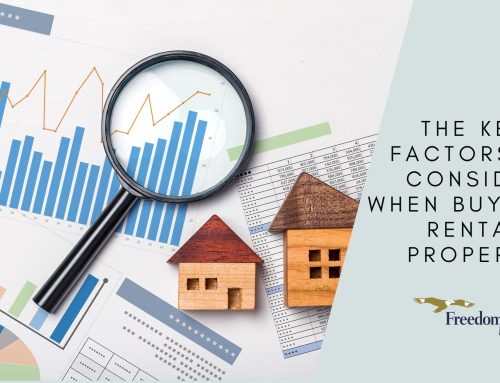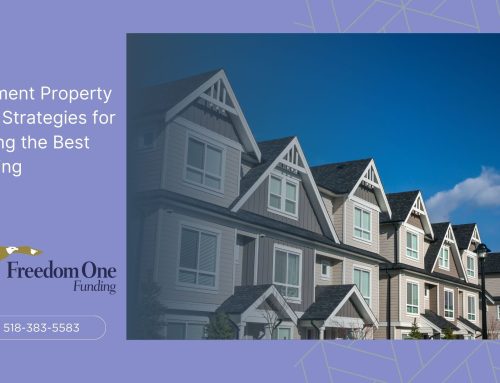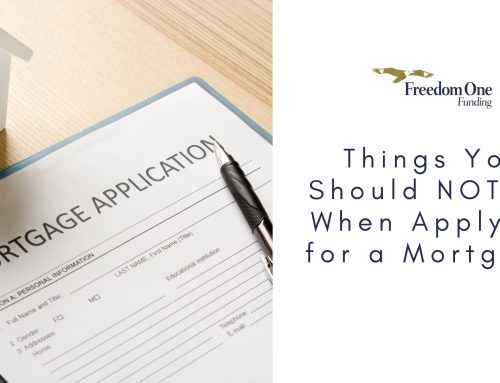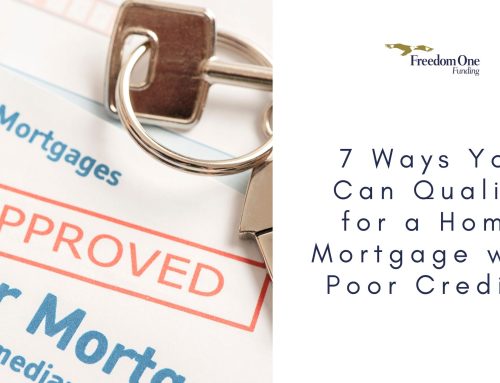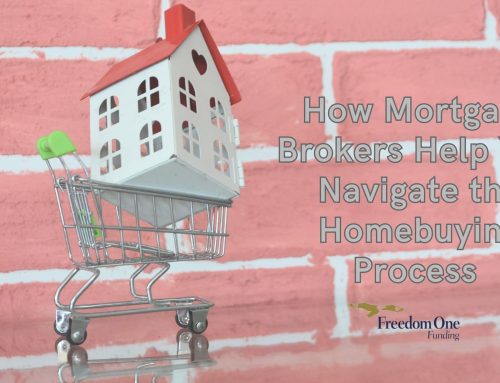Once you get approved for a mortgage on a home, your lender will ask you to provide them with multiple documents so that you can officially close on the loan. One of these required documents is your proof of homeowners insurance which ensures that the home, and, the lender’s financial investment, is protected.
Your lender will require that you get enough homeowners insurance to pay for a rebuild of the home in the event of a catastrophe. This is known as the “scope of coverage” requirement which details what is required to be covered by the insurance policy.
It is important for you to have homeowners insurance as well. If your home is destroyed, your mortgage obligation doesn’t go away. You are technically still required to pay off the loan.
Before you shop for homeowners’ insurance, it’s smart to be informed about the wide range of costs and the ins and outs of insuring your home. Learning as much as you can about the following will help you select the best homeowners’ insurance to meet your needs.
- Home type. Your homeowners’ insurance policy should reflect the type of home you have. Homeowners’ insurances vary, depending on whether you live in a mobile home, a condominium, townhouse, single family or a multi-family house.
- Typical insurance coverage. A basic homeowners’ insurance policy will cover damage to your home from weather events, except for earthquake and flood coverage, which require separate policies.
- Personal property inside your home is included in a basic policy. This will cover damage from vandals and thieves.
- Other “structures” that are built on your property, such as garages, tool sheds, or workshops are usually included in homeowners’ insurance.
- Another important inclusion in a typical policy is personal liability. This type of insurance coverage protects you in the event that someone gets hurt on your property.
- Home construction. What is your home made of? Is it built sturdily to handle weather events?
- Materials used in the construction of your home will partially determine the type of insurance you get as well as the cost.
- Things that your lender will require to be covered:
- Fire and lightning
- Damage from wind and hail
- Theft and vandalism
- Falling objects
- Damage from the weight of snow, ice, or sleet
- Frozen pipes
- Vehicles
- Riots or civil unrest
- Smoke damage
- Explosions
- Home care. If you go the extra mile to protect your home and belongings, you might be able to get a reduced premium.
- Deductible levels. As with other types of insurance, you can save money on your homeowners’ insurance policy if you’re willing to have higher deductible amounts.
- Your mortgage company might have specific requirements or set limits as to how high of a deductible you can have.
- Replacement cost coverage. Before you go shopping for insurance, it’s you will need to know the value of the property you’re insuring plus an approximate value of your personal items inside the dwelling that you’ll be insuring. Knowing these values will help the agent decide on how much to insure your property for.
- Cost of Insurance. Many factors figure into the cost of your homeowner’s insurance policy. Some of those factors are the age of the dwelling, the size of your home, its location, construction materials, and your deductible.
- Insurance company’s reputation. As with any business you deal with, know your insurance company’s reputation. Verify they are licensed to sell insurance in your state.
Obtaining homeowners’ insurance requires you to do your homework. Use this list to prepare yourself for doing some comparison shopping for your home’s insurance. Once you familiarize yourself with all the facts related to your home, you’ll be prepared and ready to make your best deal on your homeowners’ insurance policy.


